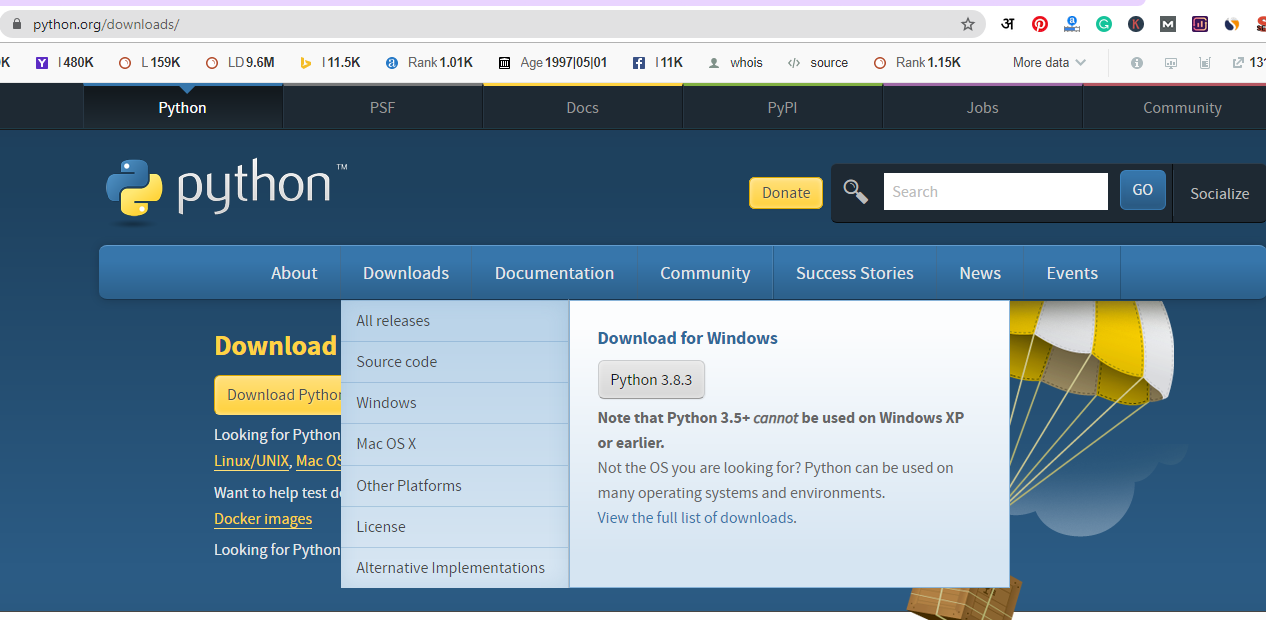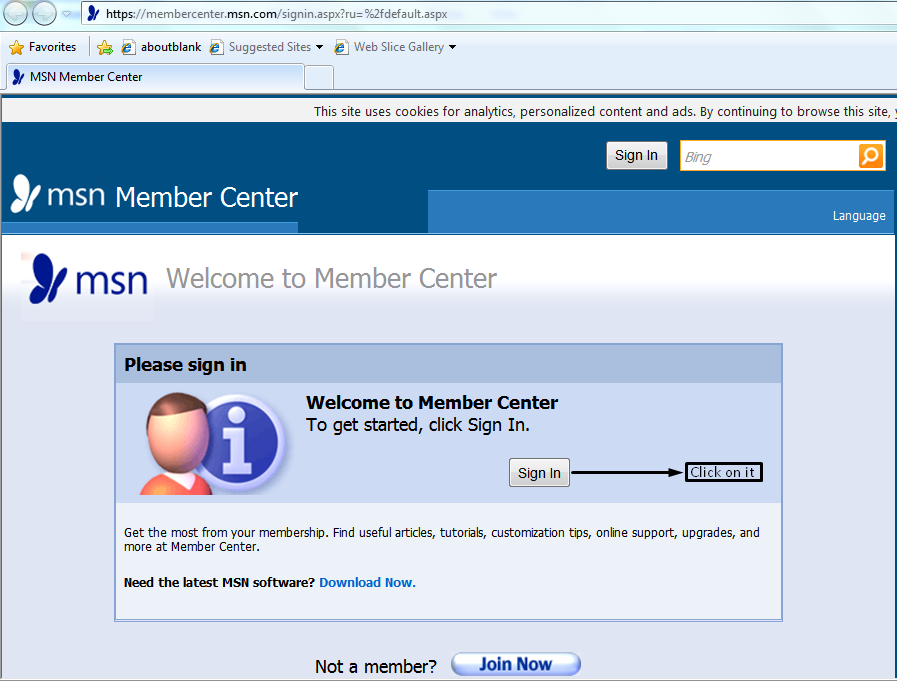Qt Designer Mac Os Download
Contributed by Alexey Vladykin and maintained by Susan Morgan
June 2010 [Revision number: V6.9-2]
This tutorial guides you through creating a Qt application project in NetBeans IDE. The Qt toolkitis an open source cross-platform application development framework.
Contents
Requirements
Sep 17, 2020. Hi, forgive me - of course you need those infos: Mac OS X Mojave 10.14.6 Qt Creator 4.11.2 Based on Qt 5.14.2 (Clang 10.0 (Apple), 64 bit) Built on Mar 27 2020 02:24:45.
To follow this tutorial, you need the following software.
| Software | Version Required |
|---|---|
| NetBeans IDE (including C/C++ support) | 6.9, 7.0, 7.1 or 7.2 with NetBeans C/C++ plugin |
| Java Development Kit (JDK) | Version 6 or 7 |
| GNU C/C++ compilers (GCC) | Versions supported by NetBeans IDE. On Windows, MinGW is required and is bundled with the Qt SDK. |
| Qt Libraries | Version 4.6.2 |
See the NetBeans IDE 7.2 Installation Instructions for information on downloading and installing the required NetBeans software.
Qt Designer Mac Os X Download
Introduction
The NetBeans IDE supports creating, building, running, and debugging of Qt projectswithout leaving the IDE. Qt tools such as qmake, moc, and uic are launched automatically as needed.You don't need to think (and probably even know) about them.
Installing the Qt Software
When using the NetBeans IDE with Qt, you do not need the full Qt SDK on non-Windows platforms. You can install your compilers as described in Configuring the NetBeans IDE for C/C++/Fortran, and then you can download the Qt libraries and tools, also known as the Qt framework.

On Windows, however, you should install the Qt SDK to avoid potential problems.
Setting Up Qt for NetBeans IDE on Windows
The Qt 4.6.2 SDK includes the MinGW environment and gcc 4.4 compiler. This bundled MinGW works best with Qt, so you should use it instead of another MinGW version or Cygwin.
- Install NetBeans IDE and the C/C++ plugin module, as explainedin Configuring the NetBeans IDE for C/C++/Fortran, but do not install Cygwin or MinGW as described in that document.
- Download and install MSYS-1.0.10.exe in the default location.
- Download and install the Qt 4.6.2 SDK which includes MinGW and gcc. If Qt Creator starts automatically, you can close it.
- In the NetBeans IDE, select Tools > Options > C/C++ to open the C/C++ properties.
- Click Add in the Tool Collections area.
- Specify the Qt MinGW installation's bin directory as the tool collection's Base Directory (for example, c:Qt2010.02.1mingwbin)
- Set the Tool Collection Name to MinGW_Qt and click OK, then click OK in the Options dialog box.
- Proceed to Creating a Simple Qt Application in this article.
Setting Up Qt for NetBeans IDE on Linux or Mac OS X Platforms
You can download the full Qt SDK, or just the Qt framework for your Linux or Mac OS X platform fromhttp://qt.nokia.com/downloads.
You should install your compilers separately. Compilers are not included in the Qt SDK as they areon Windows.
After you install the Qt packages, make sure that Qt tools areavailable from the command line. Typing qmake -v in a terminalshould print Qt version information rather than an error message. If qmakeis not found, add your-Qt-installation-dir/bin to your PATH environment variable.The path to qmake should be something similar to /home/user/qtsdk-2010.02/qt/bin if you downloadthe SDK.
When the Qt tools are available from the command line, proceed to Creating a Simple Qt Application in this article.
Setting Up Qt for NetBeans IDE on Solaris Platforms
Binaries for Qt are not available for Solaris platforms. However, it is possible to build the Qt libraries from sources that you can get from the official Qt source code repository.
Other helpful links for building Qt from source are
Git Installation and Get The Source.
 Install MSN software To download and install MSN software, click Install Now. System requirements and recommendations Minimum. Microsoft® Windows® 7 and above. Windows-compatible computer with 500-MHz or faster processor. This plan combines MSN Explorer with dial-up Internet access. Already an MSN Premium subscriber and want to download the latest software. (800MHz recommended). Not available for Mac. Hard disk: Up to 320 MB of hard disk space during installation and up to 180 MB after installation. Drive: CD-ROM (if installing from CD).
Install MSN software To download and install MSN software, click Install Now. System requirements and recommendations Minimum. Microsoft® Windows® 7 and above. Windows-compatible computer with 500-MHz or faster processor. This plan combines MSN Explorer with dial-up Internet access. Already an MSN Premium subscriber and want to download the latest software. (800MHz recommended). Not available for Mac. Hard disk: Up to 320 MB of hard disk space during installation and up to 180 MB after installation. Drive: CD-ROM (if installing from CD).
Creating a Simple Qt Application
In this tutorial we'll create a simple 'Hello World' Qt application, similar tothe Hello Qt World sample, which you can find inSamples->C/C++->Hello Qt World.
- First, create a new project. Choose C/C++ Qt Application inthe New Project dialog and click Next >.
- In the next dialog change project name and location if needed.
Check Create Main File and click Finish.
Our newly created project looks like this:
- Right-click the project node and select Properties to open the Project Properties dialog. Click the Qt category.Advanced users can tweak many things in the Qt project properties, but we will leave everything as is.
- Next we'll create a dialog. Right-click on Resource Files andselect New->Qt Form..
- In the New Qt Form dialog, type HelloForm as the Form Name, and select Dialog without Buttons as theForm Type. Check Create C++ wrapper class, and click Finish.
Three files are created (HelloForm.ui, HelloForm.cpp,HelloForm.h), and NetBeans automatically opens Qt Designer for you toedit the new form (HelloForm.ui).
- Use your GUI skills to create a form similar to that shown below. The form should contain two QLineEdit widgets. The first widget should be named nameEdit, and the second widget should be named helloEdit.
- When you are finished creating the form, close Qt Designer. The project looks as follows:
All the newly created HelloForm files are placed in the same Resource Fileslogical folder. If you prefer to have CPP files in Source Files and Hfiles in Header Files — just drag and drop them to the desired logicalfolder.
There is a small question mark in the Projects tab indicatingbroken #include directives. The setupUi underlined with red is aconsequence of this fact.
The broken #include directive is in HelloForm.h: #include ui_HelloForm.h.Indeed, there is no ui_HelloForm.h yet. The include file will begenerated with the first build of the project. This is how the Qt buildsystem works. Just click on the Build Main Project button on thetoolbar, and the error should disappear.
- Now open main.cpp and insert two lines of code responsible forcreation and displaying of HelloForm. Don't forget to includeHelloForm.h.
- Run the application and see how it displays the window that youcreated in Qt Designer.
Anything can be typed in the text field, butnothing happens. Let's make our application show a greeting message thatincludes the name entered in the text field.
We need to define a slot and connect it to textChanged signalfired by the text field. To learn more about Qt signals and slotsread http://doc.qt.nokia.com/4.6/signalsandslots.html
- Go to HelloForm.h and declare this slot:
- Then go to HelloForm.cpp and insert the slot definition:
- And finally connect the signal with the slot by inserting somecode into HelloForm constructor:
- Now run the application and have some fun!
Conclusion
Please create and develop Qt applications with NetBeans and send yourfeedback to the CND mailing list [email protected].
Found a bug or want to suggest an enhancement? Please file them athttps://netbeans.org/bugzilla/enter_bug.cgi?component=cnd(netbeans.org registration is required)
Qt for Mac OS X has some requirements that are given in more detail in the Qt for Mac OS X Requirements document.
Python Qt Designer Download
The following instructions describe how to install Qt from the source package.
For the binary package, simply double-click on the Qt.mpkg and follow the instructions to install Qt. You can later run the uninstall-qt.py script to uninstall the binary package. The script is located in /Developer/Tools and must be run as root.
Note: Do not run the iPhone simulator while installing Qt. The iPhone simulator conflicts with the package installer.
Step 1: Install the License File (commercial editions only)
If you have the commercial edition of Qt, install your license file as $HOME/.qt-license.
For the open source version you do not need a license file.
Unpack the archive if you have not done so already. For example, if you have the qt-everywhere-opensource-src-%VERSION%.tar.gz package, type the following commands at a command line prompt:
This creates the directory /tmp/qt-everywhere-opensource-src-%VERSION% containing the files from the archive.
Step 2: Build the Qt Library
To configure the Qt library for your machine type, run the ./configure script in the package directory.
By default, Qt is configured for installation in the /usr/local/Trolltech/Qt-%VERSION% directory, but this can be changed by using the -prefix option.
Type ./configure -help to get a list of all available options.
Note that you will need to specify -universal if you want to build universal binaries, and also supply a path to the -sdk option if your development machine has a PowerPC CPU. By default, Qt is built as a framework, but you can built it as a set of dynamic libraries (dylibs) by specifying the -no-framework option.
Qt can also be configured to be built with debugging symbols. This process is described in detail in the Debugging Techniques document.
To create the library and compile all the demos, examples, tools, and tutorials, type:
If -prefix is outside the build directory, you need to install the library, demos, examples, tools, and tutorials in the appropriate place. To do this, type:
This command requires that you have administrator access on your machine.
Note: There is a potential race condition when running make install with multiple jobs. It is best to only run one make job (-j1) for the install.
If you later need to reconfigure and rebuild Qt from the same location, ensure that all traces of the previous configuration are removed by entering the build directory and typing make confclean before running configure again.
Step 3: Set the Environment variables
In order to use Qt, some environment variables need to be extended.
This is done like this:
In .profile (if your shell is bash), add the following lines:
In .login (in case your shell is csh or tcsh), add the following line:
If you use a different shell, please modify your environment variables accordingly.
That's all. Qt is now installed.
Qt Designer Mac Os Download Dmg
Qt Demos and Examples
If you are new to Qt, we suggest that you take a look at the demos and examples to see Qt in action. Run the Qt Examples and Demos either by typing qtdemo on the command line or through the desktop's Start menu.
You might also want to try the following links:
We hope you will enjoy using Qt. Good luck!
© 2016 The Qt Company Ltd. Documentation contributions included herein are the copyrights of their respective owners. The documentation provided herein is licensed under the terms of the GNU Free Documentation License version 1.3 as published by the Free Software Foundation. Qt and respective logos are trademarks of The Qt Company Ltd. in Finland and/or other countries worldwide. All other trademarks are property of their respective owners.